
The Star Fox franchise delivered, right out of the gate, a string of two magnificent titles during a five-year span. The original game, powered by a technologically impressive chip, featured intriguing 3-D visuals that brought the traditional arcade flying shoot'em ups to a whole new level of gameplay. Its fast-paced concept of shooting everything in sight while avoiding barrages of lasers was far from revolutionary. However, the leap provided by its perspective still stands as one of the biggest evolutions any gaming genre has ever gone through.
Its sequel, Star Fox 64, which came four years later on a much more powerful console, took advantage of the strong hardware to render fantastic outer-space and urban scenarios and fill them with exciting dog fights. The arcade nature of its predecessor was maintained: the missions were highly replayable and short points-based affairs. And a certain degree of complexity was added by creating a web of levels that could be navigated in numerous ways in order to reach the game's final destination.
The two games held a similar attribute: both were commercially and critically praised. Yet, perhaps due to the incorrect assumption that such arcade-like gameplay could not sustain itself in a world where games were getting bigger, Nintendo kicked off an era in which Star Fox got outsourced to various companies in hope that it would go larger due to the addition of different gameplay elements.

Instead of simply updating a winning formula with a few tweaks and natural graphical advances – something the company does quite well – the Big N opted to follow a far more radical path. Fans greatly diverge on whether or not the results of such an a venture were positive – perhaps a testament to how the franchise took on many distinct faces during that time – but one thing is for sure: the greatness of the two original games was never replicated.
The nearly fail-proof Rare gave us Star Fox Adventures, a visually stunning title that almost crumbled due the watered-down Zelda gameplay that supported it. Namco trekked back to the series' origins with Star Fox Assault, which made the commendable attempt to introduce on-foot gameplay and new mission structures, but failed to polish the former's gameplay and to connect the many levels in multiple ways like Star Fox 64 had done. Finally, Q-Games turned the series to interesting strategic grounds, but forgot to build compelling missions on Star Fox Command; crafting a game with great bones but poor content.
Now, after being absent for a whopping eight years, Fox and his crew are now set to make a comeback on the Wii U. Although Nintendo's outsourcing measures have given us quite a few gems – such as Punch-Out Wii, Luigi's Mansion: Dark Moon, and Mario Strikers – fans cannot help but let out a sigh of relief to see that Miyamoto is apparently taking charge of the project.
It is true that the master game designer has stumbled on a few occasions during recent years, as it is evidenced by the lackluster Wii Music or in his blatantly negative influence on Paper Mario: Sticker Star, which stripped the game of all the elements that made that series fun. Still, even though he is human, the track record indicates that when he and Nintendo EAD deal with a Star Fox game, they tend to hit it out of the park.

Although, naturally, not unanimous what fans want – and have been wishing for during all these years - is a Star Fox game in the vein of the first two glorious titles. They crave for short missions with lots of scoring opportunities, thrilling dogfights against nameless enemies or remarkable foes that get under one's skin, multiple levels that can only be unlocked by meeting certain criteria or finding a secret exit, quotable epic or goofy dialogues, and that massive empowering feeling one experiences when manning an airwing.
The truth is the table seems to be set for yet another very good game. In its favor, the game has all the technological advances that have taken place since its last outing. The Wii U's hardware will allow the creation of absolutely mesmerizing alien scenarios. Meanwhile, a strong online infrastructure is bound to support various kinds of leaderboards, downloadable missions that will extend the game's already considerable value, and – for the delight of all fans – a stellar multiplayer mode with tons of options.
Besides, Miyamoto seems to be greatly inspired with his new project. The announcement of gyro controls and a cockpit view that is constantly displayed on the Gamepad, not to mention side-missions with lots of alternative gameplay methods, indicates that he aims to make intense use of the system's most unique – and underused feature – the tablet controller. Though such news may be despairing to those who prefer a traditional approach to gaming, it is important to note that, recently – after Super Smash Bros Brawl, Nintendo has sought to produce games with as many control options as possible.

More importantly than all of that, though, is that Miyamoto has seemingly noticed that the times in which we live are perfectly suited for a game like Star Fox. If back in 1997 the world of technology was looking for complexity and size – a factor that might have influenced the franchise's bumpy detour - it now aims for simplicity.
A website with just one button is the gateway to all information in the world, and the most important pieces of news are broadcasted in 140 characters. As Miyamoto said it himself, people do not have much free time anymore, so an episodic game packed with short missions could be a sensible option in times like these.
The world urges for the simplicity of good-old arcade titles, and Star Fox will look to deliver it in beautiful and frantic dogfighting glory.











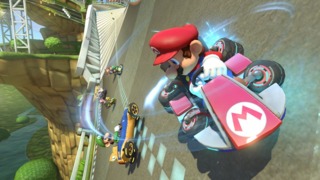

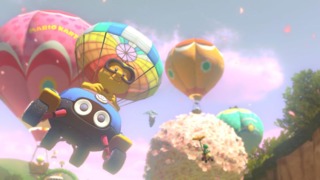
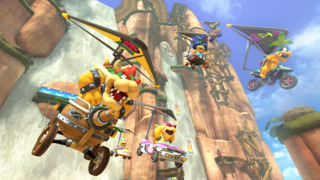
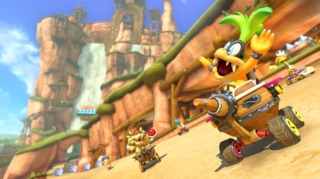
















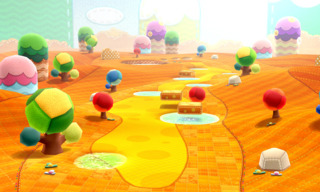
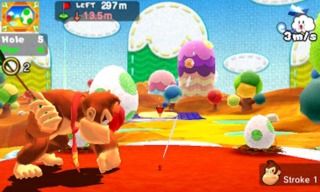

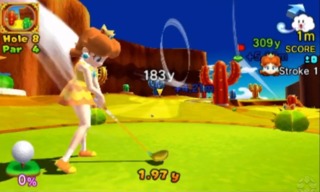

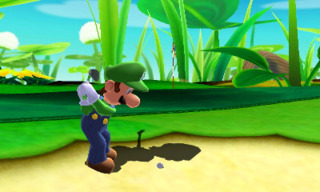







Log in to comment